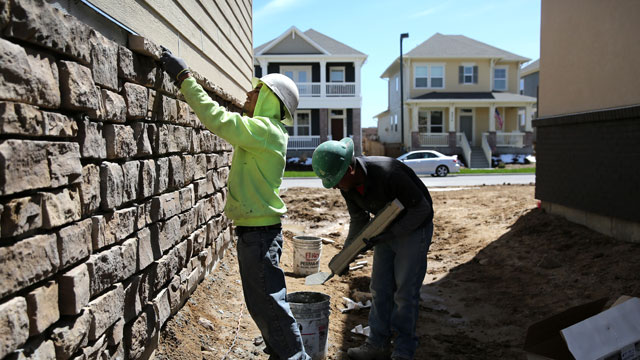
by Linda Chavez
A new study by the National Academies of Sciences, Engineering, and Medicine shows, once again, that immigration and immigrants are good for America. But don’t expect hallelujahs from the restrictionist crowd — or indeed even fair reporting. The Washington Times greeted the report with the highly misleading headline “Mass immigration costs government $296 billion a year, depresses wages,” while Breitbart News screamed, “National Academies’ Study Shows $500 Billion Immigration Tax on Working Americans.” Both are so misleading as to constitute a disinformation propaganda campaign. No wonder so many on the right have abandoned Ronald Reagan’s welcoming approach to “anyone with the will and the heart to get here.”
The study, which was conducted by an eminent group of economists — including Harvard’s George Borjas, who is a critic of low-skilled immigration — shows both short- and long-term benefits from immigration for our economy and most workers. It also shows short-term costs to state and local governments — mostly in the form of educating immigrants’ children — which are more than recouped when those children reach working age. Confusing? A bit, so let me break it down.
The 40 million immigrants in this country fall mostly into two categories: high-skilled, highly educated adults and low-skilled, less educated adults and children, some of whom, about 11 million, are here illegally. The former group, according to the study, may improve wages for some groups of native-born workers, whereas the latter has some negative impact on the wages of two groups: prior immigrants and the native-born who have less than a high-school education. These effects, though real, are small and pertain to relatively few American-born workers.
But what about the costs to taxpayers these immigrants incur? Contrary to popular belief in some circles, immigrants are taxpayers, too — even most who are here illegally. All immigrants pay both sales and real estate taxes, either directly or through their landlords. These taxes help fund schools and state and local governments. Those who work also pay federal income and Social Security taxes. Some immigrants here illegally are paying into false Social Security accounts, but that hurts them, not other taxpayers or the government.
Overall, immigrants contribute slightly more to the federal government than they receive in benefits, but immigrants can be a burden on some states, at least temporarily. The reason? Immigrants, especially those from Latin America, are likelier to have school-age children living in their home than the native-born population, primarily because they are younger. The median age of native-born Americans is roughly 40, while the median age of Hispanic immigrants is much lower, 26 for the largest group, Mexicans, with only Cubans approaching the national median.
Educating children is expensive, but most Americans regard education as an investment, not a burden. In order to come up with the hysterical “cost of immigration,” Breitbart News and the rest of the anti-immigrant right treat educating the children of immigrants as if it were a form of welfare. But the academies’ study makes clear that this simplistic approach discounts that immigrants’ children — the majority of whom are American-born and therefore citizens — grow up and pay back their “costs” in the form of taxes they pay as adult workers. When tax contributions from second- and third-generation individuals are taken into account, the costs of education show a small benefit in real dollars — with some states benefiting more than others, depending on what they spend on education and the health of the state economy overall.
One other point that restrictionists miss is that our aging population is the biggest drain on government. Seniors like to think they’ve already paid for the checks and the health care they receive from Social Security and Medicare, but for most people, it’s not true. Current workers are paying for these benefits, because most people 65 or older will receive more in benefits over their lifetime than they paid in during their working years.
Without younger immigrants paying into the system now, Social Security and Medicare would eventually collapse or prove so onerous on workers that the programs would depress the overall economy. The actuaries at the Social Security Administration predict that increasing immigration by nearly 50 percent a year would boost Social Security’s long-term health significantly, contributing about a half-trillion dollars in increased contributions, thus narrowing the 75-year Social Security funding gap from 1.92 percent of total payroll to 1.67 percent.
The academies’ study is long and technical, but its general message is clear. “Immigration has an overall positive impact on long-run economic growth in the U.S.,” as the press release states it. Too bad this message isn’t getting through to everyone.
Linda Chavez is the author of “An Unlikely Conservative: The Transformation of an Ex-Liberal.” To find out more about Linda Chavez, visit the Creators Syndicate webpage at www.creators.com.



